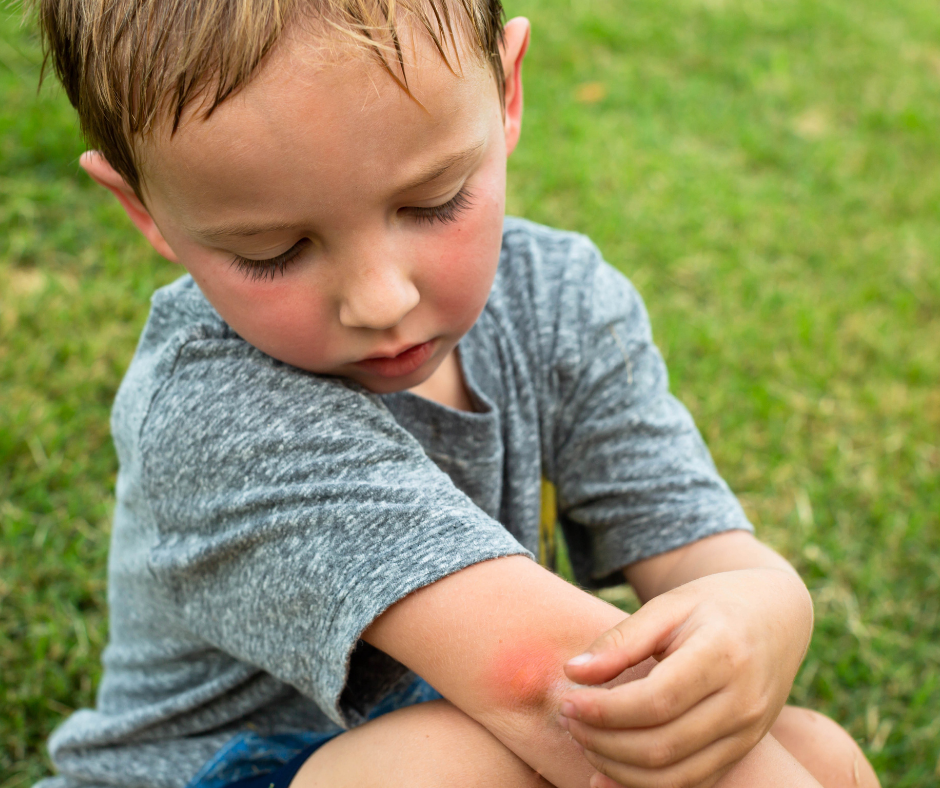
Try These Tips from The Baton Rouge Clinic for Bug Bites and Stings
Most insect bites and stings are mild and can be treated easily at home, but some can transmit disease-causing bacteria, viruses or even parasites.
For mild reactions, move to a safe area to avoid more bites or stings, remove any stingers by gently scraping over the area (don’t squeeze), and gently wash the area with soap and water. Seek medical care if you are allergic, don’t feel well, or if the swelling gets worse and shows signs of infection.
Stings or Bites:
-
- Remove stinger by gently scraping, don’t squeeze it
- Wash the area gently with soap and water
- Apply a cold rag or ice to reduce swelling
- Try to identify what bit you
- If the injury is on an arm or leg, raise it
- Apply a calamine lotion or a 0.5% or 1% hydrocortisone cream to the affected area
Spider Bites:
Spider bites are usually harmless, but some, like widows and recluses, can be serious and need immediate attention. Typically, a spider bite looks like any other bug bite, which can cause redness, pain, and swelling.
Signs and symptoms of a Widow Spider bite can include:
-
- Redness
- Pain and swelling around the bite that can spread to your abdomen, back or chest
- Severe abdominal cramping
- Nausea, vomiting, tremors or sweating
Signs and symptoms of a Recluse Spider bite can include:
-
- An increase in pain over the first eight hours after the bite
- Fever, chills, and body aches
- A bite with a pale center that turns dark blue or purple with a red ring around it
- A bite that grows into an open sore as the skin around it dies
Seek medical care immediately if:
-
- You were bitten by a dangerous spider like a widow or recluse
- You have severe pain, abdominal cramping, or the wound is growing at the bite site
- You are having problems breathing or swallowing
- The area around the bite has increased in redness or has red streaks
Tick Bites:
Most tick bites are painless and only cause a sore or swelling around the bite. However, some ticks can transmit bacteria that cause illnesses like Lyme disease.
-
- Remove the tick carefully with tweezers Grasp the tick as close to the skin as possible and gently pull out the tick using a slow upward motion.
- Take a picture of the tick A picture can help you and your doctor identify what type of tick it is, and if you are at risk for a disease.
- Wash your hands Use warm water and soap to wash your hands and the bite area after removing the tick.
If you aren’t able to remove the tick completely, a rash develops, or you develop flu-like symptoms, call your doctor. It’s also important to contact your physician if you believe you were bitten by a deer tick, as you may need antibiotics. If you develop a severe headache, difficulty breathing, paralysis, or heart palpitations, call 911 immediately.